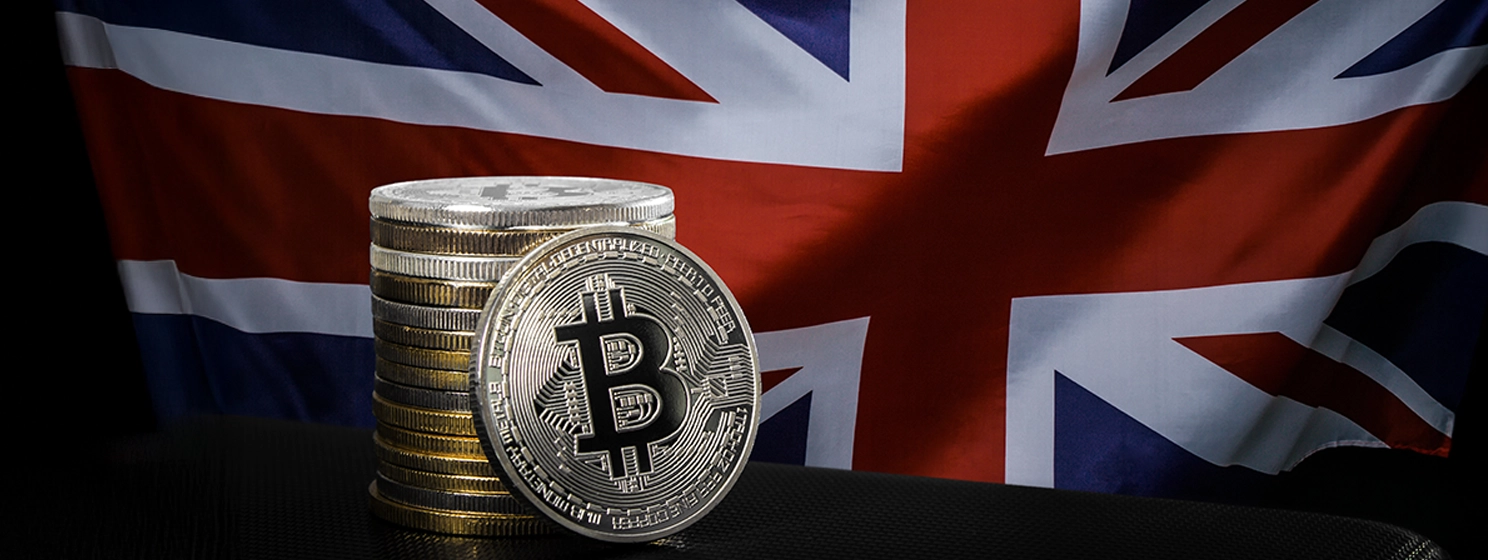|
Getting your Trinity Audio player ready...
|
The Federal Deposit Insurance Corporation (FDIC), the entity that insures deposits in banks and savings institutions, recently announced it would be revising its guidelines to allow banks to engage in digital asset-related activities.
“Looking forward, we are actively reevaluating our supervisory approach to crypto-related activities. This includes replacing Financial Institution Letter (FIL) 16-2022 and providing a pathway for institutions to engage in crypto- and blockchain-related activities while still adhering to safety and soundness principles,” said FDIC Acting Chairman Travis Hill in the agency’s official statement.
“The FDIC also looks forward to engaging with the President’s Working Group on Digital Asset Markets established by the President’s January 23, 2025 Executive Order,” he added.
Since the inception of digital assets, banks and financial institutions have been implicitly prohibited from engaging with them. These institutions viewed digital assets as high-risk, and dealing with them often meant losing access to crucial federal protections. The FDIC’s reinforced this cautious approach after FTX collapsed in 2022, when the FDIC and the Office of the Comptroller of the Currency (OCC) issued a joint statement warning banks about the risks associated with crypto, stating:
“Given the significant risks highlighted by recent failures of several large crypto-asset companies, the agencies continue to take a careful and cautious approach related to current or proposed crypto-asset-related activities and exposures at each banking organization. It is important that risks related to the crypto-asset sector that cannot be mitigated or controlled do not migrate to the banking system.”
But with this new announcement, it looks like change is coming. Banks and financial institutions may soon have the freedom to deal with digital assets without fear of losing FDIC support. This is particularly relevant given that, after Donald Trump took office, banks immediately began expressing interest in dealing in digital assets—as long as there were clear guidelines that they could follow to remain compliant.
If the FDIC’s revisions do materialize, banks could begin offering brokerage services and custody solutions for digital assets and stablecoins. This would introduce new competition for firms like Coinbase (NASDAQ: COIN), one of the few United States-based entities that hosted and executed digital asset-based financial activities. If traditional finance (TradFi) institutions are to enter this space, I would expect their stronger brand names, greater resources, and ability to attract top-tier talent to have an impact on the digital currency landscape, with participants shuffling out of the digital currency native incumbents and into the bigger, better capitalized TradFi institutions.
White House crypto czar David Sacks promises crypto golden age
On February 5, the White House crypto czar, David Sacks, spoke at a press conference. He opened by reaffirming the administration’s commitment to the responsible growth of digital assets across all sectors of the economy. He went on to cite two key initiatives that have already taken place: the creation of the executive branch working group for digital assets and the newly formed Crypto Task Force within the Securities and Exchange Commission (SEC).
Sacks emphasized that his top priority is delivering regulatory clarity for digital assets and stablecoins in the U.S., criticizing the previous administration for mishandling the industry. He argued that unclear policies forced some of the most innovative crypto companies to move overseas, making them harder to regulate. He even pointed to FTX as an example of what happens when digital asset firms operate outside U.S. jurisdiction…they collapse.
“Coming off four years of arbitrary prosecution and persecution of crypto companies, where the SEC wouldn’t tell founders what the rules were and then would prosecute them anyway,” he said during his speech before ultimately closing with the bold statement that “The U.S. will be creating the golden age for digital assets.”
Although it’s great when digital assets make the headlines, especially when they come out of the White House, in my opinion, Sacks didn’t actually say anything new or of substance. He reiterated what the Trump administration has already done—establishing new government bodies to craft clearer policies—but provided no details on how the so-called “golden age” will be achieved. The administration has consistently framed itself as crypto-friendly, but beyond relaxing regulatory pressures and easing enforcement, there hasn’t been anything tangible in terms of actual resources that will help the industry mature– and in my opinion, this is the missing piece.
Although it is great that the industry is taking a less stringent regulatory stance, especially in comparison to the previous four years, this, unfortunately, makes it look like the Trump administration is encouraging more initial coin offerings (ICOs) (or, as they’re being called now, “meme token launches“). Beyond that, they haven’t provided a clear plan for real, long-term industry growth, which I feel will hurt the industry more than it helps it in the distant future.
SEC restructures crypto oversight: More clarity, less enforcement
A lot happened at the SEC this week. The agency officially updated its website to reflect the creation of its Crypto Task Force, which is tasked with clarifying how federal securities laws apply to the digital asset market and recommending policies that foster innovation while protecting investors.
In addition to this new initiative, insiders revealed that the SEC is significantly scaling back its special crypto-enforcement unit, which had been responsible for prosecuting crypto companies, platforms, and individuals. The agency is reportedly reducing the headcount of this unit by over 50% and has even transferred one of its top litigators, Jorge Tenreiro—who spearheaded lawsuits against several crypto exchanges—out of crypto litigation entirely and into the IT department.
These moves mark a significant shift in how the SEC approaches digital assets. We can expect an era of greater regulatory clarity, where businesses know exactly what’s allowed and what’s not. This means more business activity, more capital flowing into the industry, and fewer projects getting caught in regulatory limbo.
However, there’s also a downside. By cutting manpower from digital asset enforcement, the SEC may be sending the wrong message. There’s now a greater chance that bad actors will get away with scams, pump-and-dumps, and rug pulls simply because fewer people will police the space.
To me, this shift feels like a direct response to past criticisms that the SEC was being overly aggressive toward digital asset companies, and I do think there is some truth to that. But at the same time, we’re also likely entering a period where digital asset fraud is easier to pull off and, at times, even permissible.
I worry that the pendulum is going to swing too far in the other direction, a direction that looks like “the Wild West,” which digital asset was once called shortly after it went mainstream. If enforcement disappears altogether, we could be in for another wave of scams that damage the industry’s reputation.
Watch: Rediscovering Blockchain: Here’s how you build trust at scale

 12-24-2025
12-24-2025 




